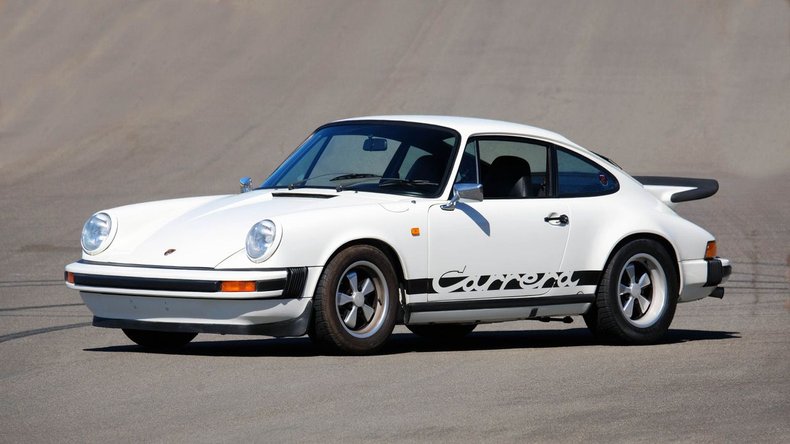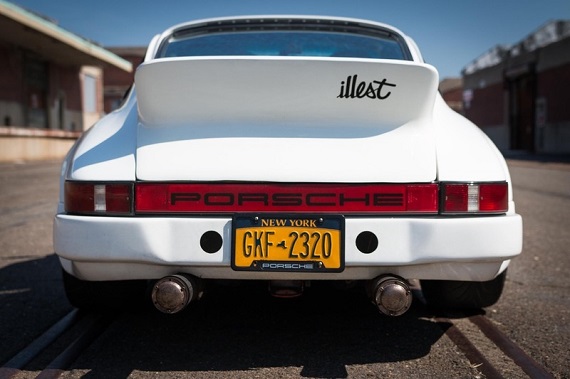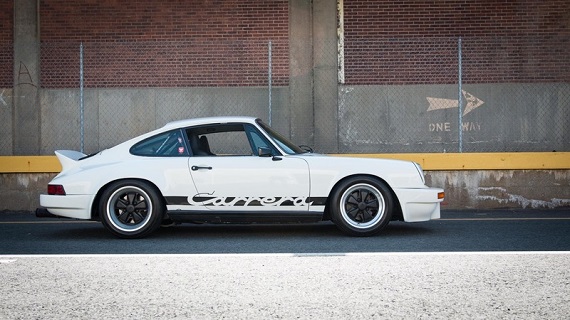After just covering Ryan Snodgrass’s excellent Carrera 2.7 history, I thought it would be fun to look at a 1:1 scale example. As I mentioned in the book review, the impact bumper cars replaced the long hood design for 1973. Porsche carried over much of what had made the 911 Carrera RS great in the new G-Body Carrera 2.7. The suspension and 911/83 engine were largely unchanged and though the appearance was updated, it was still the same unmistakably Porsche silhouette. Out of roughly 198,500 G-Body 911s, a total of 1,633 of these ‘Euro Carreras’ were produced and like all things air-cooled, they’re not exactly cheap today. But given that the look and experience is most of what the classic RS was, they’re a whole lot more affordable:
Tag: Carrera MFI
This one is fun. Not that the other cars we feature aren’t fun, but there’s a little more going on with this 911 to provoke levels of interest that may rise above the norm. What do you do when you build the follow-up to a fantastic car, but have decided not to ship that new model to one of your important markets? Well, for Porsche it meant making use of your racing prowess, and team associations, to undertake a conversion that would transform a standard car into something far greater. Following upon the success of the 1973 911 Carrera RS, Porsche continued to produce a mechanically similar version of that car for the 1974 model year that differed only from its predecessor in its redesigned impact bumpers. However, the US market never was intended to receive that car, but rather received a Carrera that used the standard 2.7 liter engine found in the 911 and 911S produced at that time. The two models are generally distinguished by their injection with the European version known as the 911 2.7 Carrera MFI for its use of the Bosch Mechanical Fuel Injection of the ’73 Carrera RS and the US model referred to as the 2.7 Carrera CIS utilizing the Bosch Continuous Injection System that Porsche used on the 911 up until the introduction of the 3.2 Carrera in 1984. All of which brings us to the car we see here. It appears that an early example of the 2.7 Carrera CIS was sent to Peter Gregg of Brumos Racing where they converted the engine to the MFI set-up used in the European Carrera. Presumably later in its life, the interior and suspension of the car also received attention to leave us with this: a vintage 911 both lightened and lowered that possesses one of the most iconic 911 engines Porsche produced during that period.



